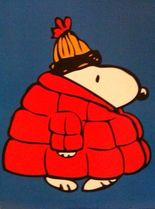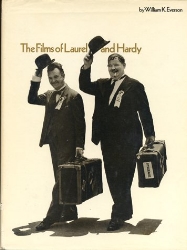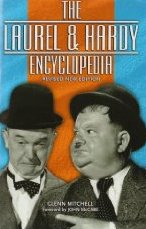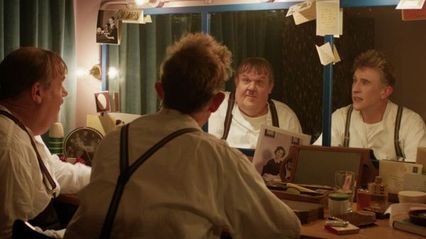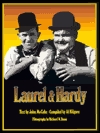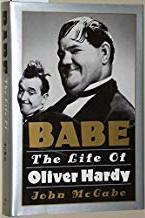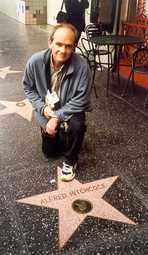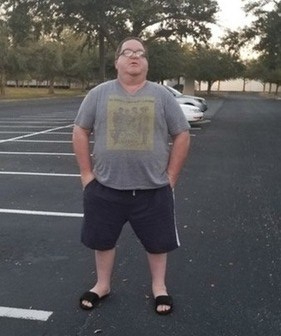
I had the above photo taken of me this morning, when the temperature in Jacksonville was 39 degrees. Anyone in most parts of the U.S. who is reading this in a timely manner is probably groaning, as 39 degrees would seem like a summer heat wave to persons who are currently enduring temps in the negative double digits.
I send you the above photo, not to gloat over the current, comparatively warm climate of the southeastern U.S., but to show you my grand attire for same. All year long, come rain, shine, or whatever, I can be found this way at work or at home, dressed spartanly in a T-shirt, shorts, and flip-flops.
People who dress as I do in cold weather seem to be an endless source of fascination with those of you who prefer a more, er, layered look.

…such as this nattily attired gentleman.
Earlier this month, no less a publication than The Wall Street Journal found it necessary to interview some shorts-laden males to determine how they could dress so minimally in the dead of winter. (Click here to read the article for yourself.) WSJ, like most horrified onlookers, have labeled such persons as “a confounding species” known as “the Male Nojacketus.”
I cannot speak for my (seemingly) millions of brethren. But in order to be allowed back into civilized society, I would like to offer my personal explanation for dressing this way.
First off, I regard it as a matter of convenience. Much like everyone else, I don’t spend any more time in morbidly brisk weather than I have to. This means that, with my walks to/from my car to/from my current destination (work, the grocery store, etc.), I probably spend less than a half-hour outside on any given cold day. I found out long ago that if I dress to the nines during every cold spell, I have to spend eight hours or more perspiring through layers of clothing in order to endure the half-hour of cold. For me, it just doesn’t add up. I’d rather freeze a little bit to be comfortable for the majority of the day.
My other reason for dressing this way is that, at 57 years old, I’ve come to the conclusion that I no longer care how weirdly I come off to the rest of the world.
As I’ve mentioned frequently on this blog, my wife is a local newspaper publisher, editor, and on occasion, reporter. Years ago, she asked to join her in attending a weekly city council meeting that was being covered by the local media. During the meeting, I sat quietly with my arms crossed — very nonchalantly, I thought. The next day, one of my wife’s friends called her to ask what I had been so angry about. The TV news report about the meeting had included a brief shot of me, and my wife’s friend said I looked as though I was inexplicably angry about something at the meeting, and I looked like I was about to jump up and throttle one of the local councilmen.
Later I talked to my wife and daughter about it, and they both agreed that, even in a stationary state, my bulk and my facial expression — which I am told is a prime example of what is commonly referred to as “stony bitch face” — make me look quite intimidating to your average citizen. I had never noticed that I had this look until my family members pointed it out; now, I cultivate it.
For far too long in my life, I have had to quietly contend with the bullies, blowhards, and out-and-out idiots of the world. When my wife and daughter pointed out my “new” persona to me, I came to the conclusion that, if it keeps the spiders away, I’m all for it.
So the next time you see some minimally-clad male in below-freezing weather, remember that we’re not freaks of nature, just ordinary guys trying to endure the low temperatures in our own way.
Just don’t get too close to us.
